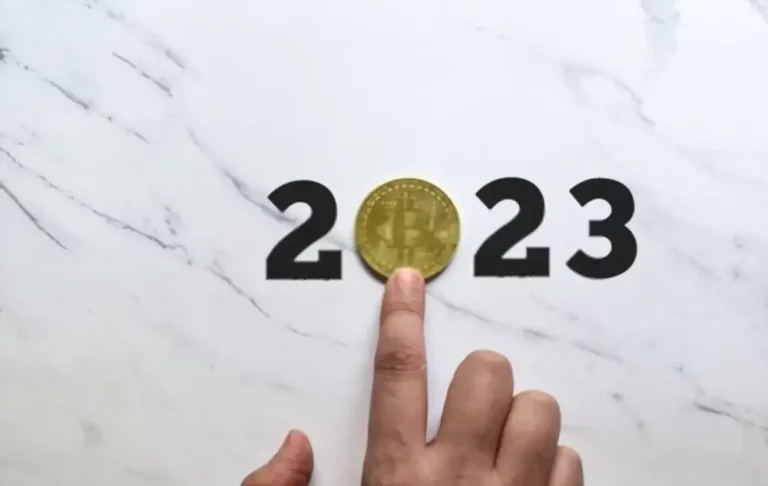What Is Crypto Liquidation?
When a trader can’t meet the allocation of a leveraged position and doesn’t have enough money to keep the trade going, this is called “liquidation.” In crypto liquidation, has been at the top of the news for the last few months. This article will explain cryptocurrency liquidations, how they happen, and what you can do to stop them.
Crypto Liquidation
A trader or asset lender may be forced to close out all or part of the initial margin position called liquidation. This is called liquidation when a trader can’t meet the allocation of a leveraged position and doesn’t have enough money to keep the trade going.
A leveraged position is when you use something you already own as security for a loan or to borrow money and then use both the money you already have and the money you borrowed to buy financial products and make a bigger profit.
Most protocols for lending, like Aave, MakerDAO, and Abracadabra, have a function for liquidating loans. According to data from Footprint Analytics, there were 13 liquidation events in the Defi market on June 18, when the price of ETH went down. On the same day, lending protocols sold 10,208 ETH worth $424 million.
- Footprint Analytics: Amount of ETH Liquidated by Protocols
- Footprint Analytics: Number of ETH Liquidations by Protocols
With Crypto Liquidation come liquidators. Large institutions or investors may buy the assets at a discount and then sell them on the market to make a difference.
What Causes Crypto Liquidations?
In Defi, stake lending occurs when users commit their resources to the lending protocol in return for the target asset and then reinvest to generate additional income. It is a copy of something else. To keep the system stable in the long run, the loaning protocol will devise a way to liquidate loans that will reduce the protocol’s risk.
MakerDAO accepts ETH, USDC, and TUSD as collateral, among other currencies. This will spread out the procedure assets’ risk and change DAI’s supply and demand. MakerDAO has set a stake rate of 150%, called over-collateralization. This is what makes a Crypto Liquidation happen.
Here’s one example:
When the price of ETH is $1,500, a borrower bids 100 ETH to the MakerDAO protocol, worth $150,000, and can lend up to $99,999 DAI at the 150 percent stake rate set by the platform. At the moment, the price to sell is $1,500.
If the price of ETH begins to fall below $1,500, it will hit the stake rate and could be sold by the platform. If it is sold, it is the same as a borrower paying $99,999 to buy 100 ETH. But if the borrower doesn’t want to be liquidated rapidly, there are several ways to lower the liquidation risk.
- Lending less than $99,999 DAI
- Pay back any DAI you borrowed and any fees before the liquidation trigger.
- Keep staking more ETH before the liquidation, lowering the stake rate.
MakerDAO also sets a 13 percent penalty rule for liquidation in addition to a 150 percent pledge rate. Borrowers whose loans have been paid off will only get 87 percent of their top-up assets. The liquidator will get 3% of the fine, and the platform will get 10%. This system aims to get borrowers to keep an eye on their collateral assets so they don’t have to sell them or pay penalties.

How do liquidations affect the market?
When the cryptocurrency market is doing well, reassuring pills for investors are in a great position by institutions and big users. In the current downtrend, the people who used to promote the bull market are now black swans. Each of them has derivative assets that can be sold. Even scarier is that the numbers of these digital currencies can be seen at a glance in a transparent process on-chain.
Institutions
Once it’s completely sold off, it could create a chain reaction of related protocols, organizations, and other things, putting more pressure on people to sell. This is because the difference between what was lent and what was put up as collateral will have to be paid for by these protocols and organizations, placing them in a downward spiral that will kill them.
For instance, when stETH went off-anchor, it greatly affected the CeFi institution Celsius. This made liquidity problems worse and caused a huge rush of users. Because users wanted their assets back, the establishment was forced to sell stETH.
In the end, it couldn’t stand up to the pressure to stop withdrawals and transfers from accounts. In turn, 3 Arrows Capital has a big lending stance in Celsius, and Celsius’s inability to protect itself will make Three Arrows Capital’s asset stress problem worse until they fail.
For Defi protocols
When the cost of the currency goes down, and the value of the assets that users have staked on the platform falls underneath the liquidation line, the laid assets will be sold. In a downturn, users will quickly sell risky assets to avoid having to liquidate them. This also hurts DeFi’s TVL, which has dropped by 57% in the last 90 days. If the protocol can’t handle the stress of a run, the institution will also be at risk.
For users
When a user’s assets are sold, they lose their holdings, and the platform may charge them fees or penalties.
Conclusion
Like other financial markets, the cryptocurrency market goes through cycles including Crypto Liquidation. Bull markets and bear markets both end at some point. At each stage, you need to be careful and keep a close eye on your assets to avoid having to sell them, which might lead to losses and just a death spiral.
Following the principles of smart contracts, shouldn’t this be how a strong economy works in the crypto world? In the Footprint Community, data and cryptocurrency fans from all over the world help each other learn about Web3, the metaverse, Defi, GameFi, and other parts of the new world of blockchain. You’ll hear many different voices working together to help the community grow.







